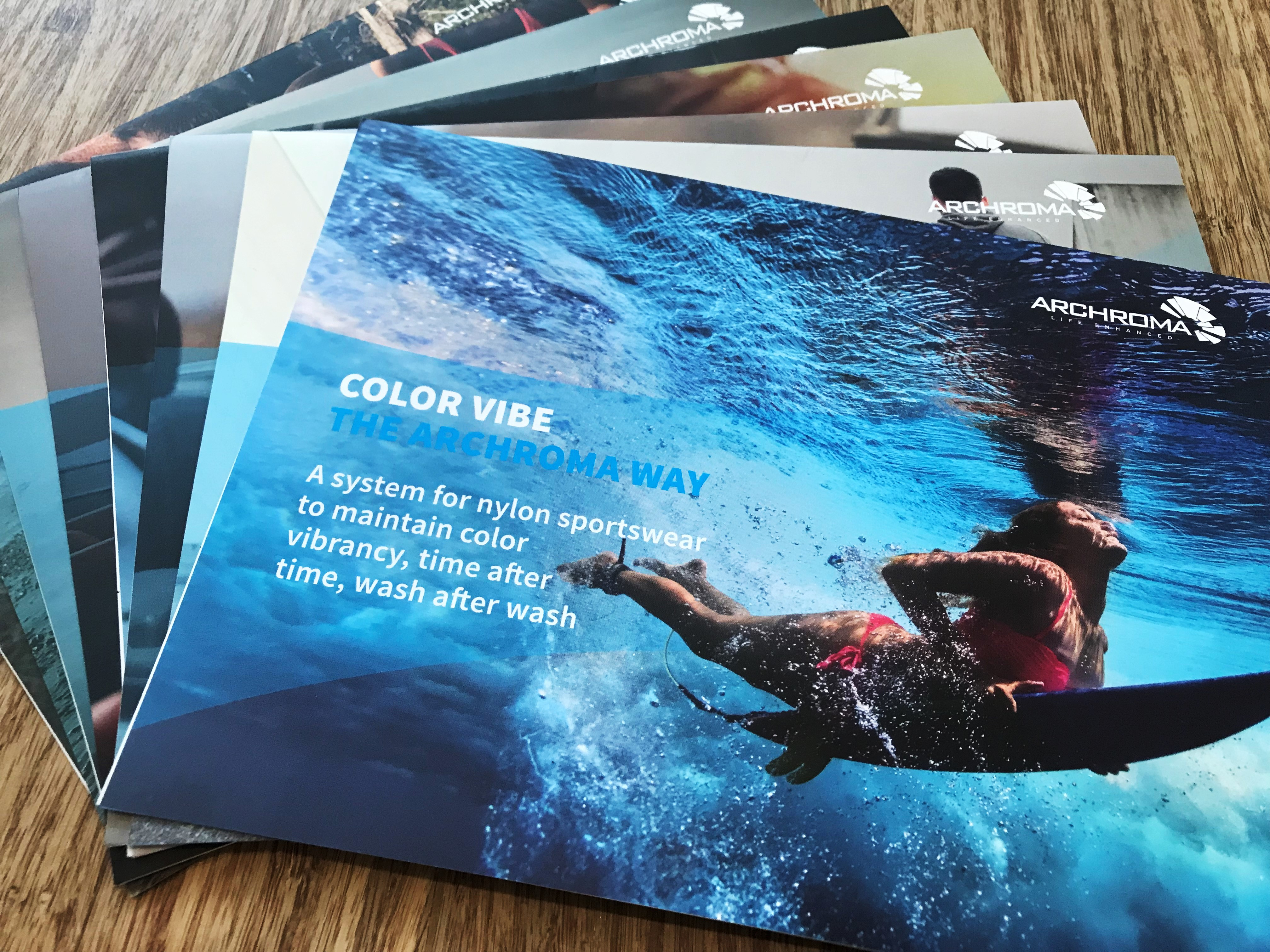

Twenty-three percent of children still received an incorrect diagnosis of retinal or cone dystrophy before being accurately diagnosed with achromatopsia.

Parents typically pursue answers from their general or pediatric healthcare providers, and see an average of four healthcare providers in a span of three years before receiving a diagnosis for their child, with 68% taking more than a year to receive a diagnosis after the initial onset of symptoms Regarding diagnosis, most patients in the survey described a long and circuitous route to correct diagnosis, with a relatively longer course to diagnosis for adults as compared to the children. Primarily, 58% of individuals adapted by using eyewear with a darker tint or extreme gradient, 53% expanded their use of eyewear and 44% avoided the outdoors These individuals reported that they had taken additional steps to adapt and function. However, more than one-third of adults believed that their photosensitivity had worsened over time. The majority of affected individuals reported that their photosensitivity had not changed over time (53% of adults and 82% of children). This severe photoaversion significantly and negatively impacts their ability to function daily and takes an emotional toll on their health and wellness. Symptoms can include nystagmus (rapid involuntary eye movements), as well as photosensitivity and markedly reduced visual acuity.Īccording to the global survey, photosensitivity is reported as being the most debilitating and bothersome symptom of achromatopsia on a 0–100 scale, adults with achromatopsia give photosensitivity a rating of 77 on severity and 75 on being bothersome. Initial symptoms of achromatopsia typically appear in infancy, as this is a congenital disorder. The survey, distributed through Achroma Corp.’s network, was completed by 226 respondents who have been diagnosed with-or have a child who has been diagnosed with-achromatopsia. and in partnership with Applied Genetic Technologies Corp. In an effort to better understand and engage the achromatopsia community, the “Understanding the Achromatopsia Patient Experience” survey was conducted online in January 2018 on behalf of Achroma Corp. shows that this disease remains relatively misunderstood and underdiagnosed, and individuals with achromatopsia face a long and difficult journey in pursuit of an early and accurate diagnosis. Sacks, a recent global survey conducted by Achroma Corp. Profound sensitivity to light during the day results in significant impairment in visual function, and many patients cope by wearing darkly tinted glasses to lessen the effect of light sensitivity.Įven though this inherited retinal disease was the focus of a popular book by the well-known Dr. Most patients with achromatopsia have an average visual acuity of 20/200, resulting in a diagnosis of legal blindness. It is most commonly caused by mutations in the CNGB3 and CNGA3 genes and is associated with severely reduced visual acuity and extreme photosensitivity, resulting in daytime blindness.ĭue to a loss of cone cell function, patients have complete loss of color discrimination. Known on the island as maskun, which literally translates as “not see” in Pingelapese, the rare genetic disorder is better known as achromatopsia by the rest of the world.Īchromatopsia is an autosomal recessive disease that affects approximately 1:30,000 individuals and is associated with complete loss of cone function. In 1997, a book published by neurologist Oliver Sacks, MD, “The Island of the Colorblind,” revealed an unusual trait in the inhabitants of the small Micronesian island of Pingelap-they were born completely colorblind. A recent global survey shows achromatopsia remains relatively misunderstood and underdiagnosed, and individuals with this disease face a difficult journey in pursuit of an early and accurate diagnosis.


 0 kommentar(er)
0 kommentar(er)
